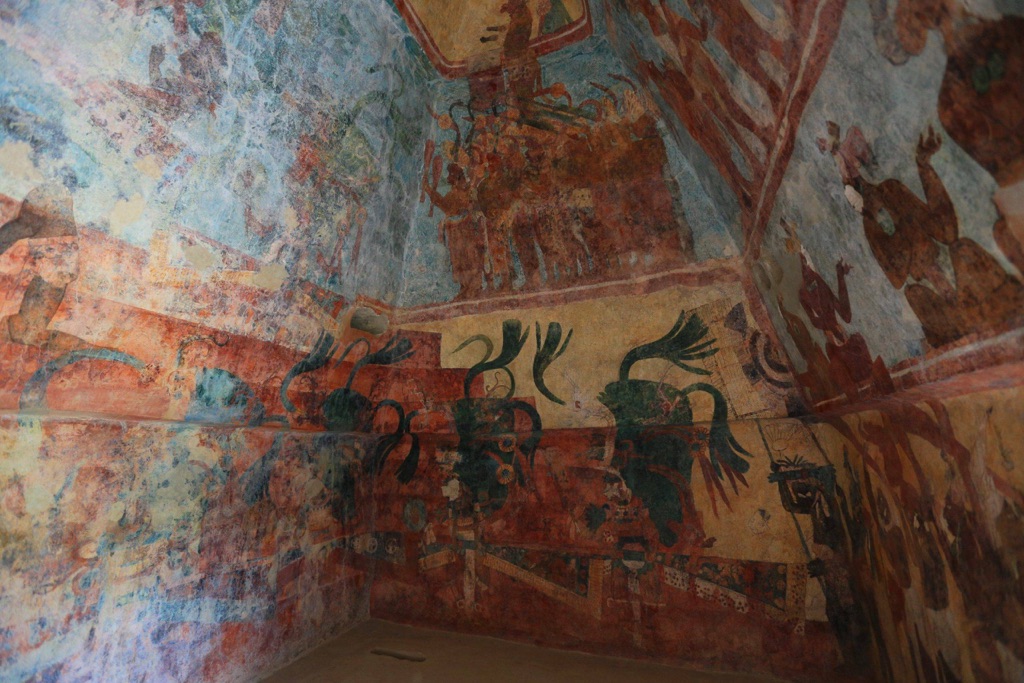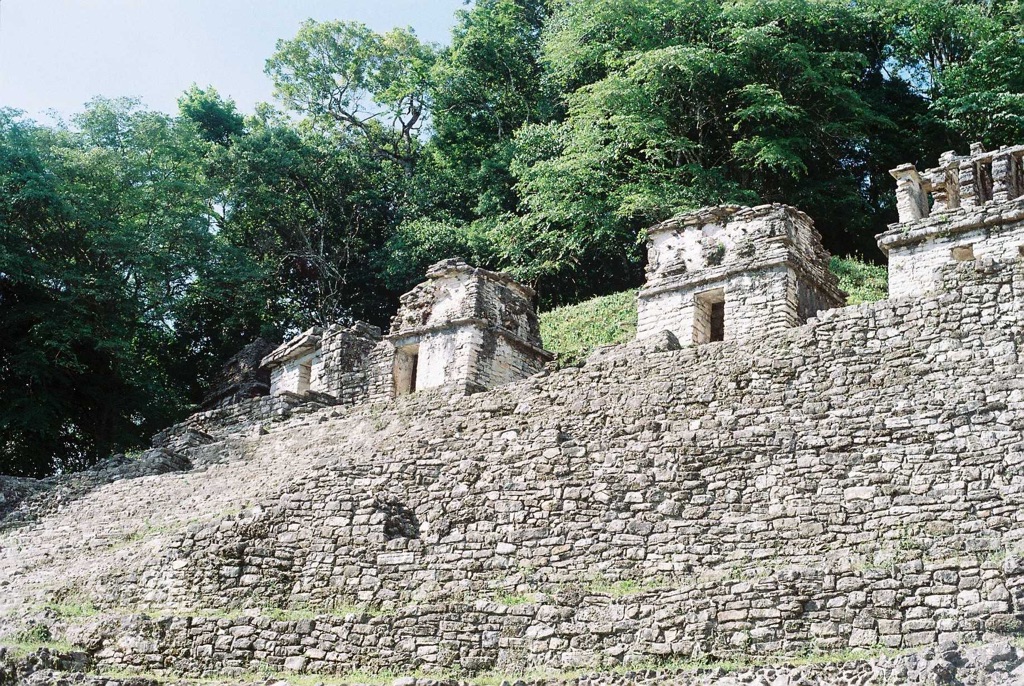Deep in the heart of the Lacandon Jungle in Chiapas, Mexico, lies the ancient Mayan site of Bonampak. This archaeological treasure, known for its remarkably preserved murals, offers a vivid glimpse into the life, culture, and history of the Mayan civilization.
Get your dose of History via Email
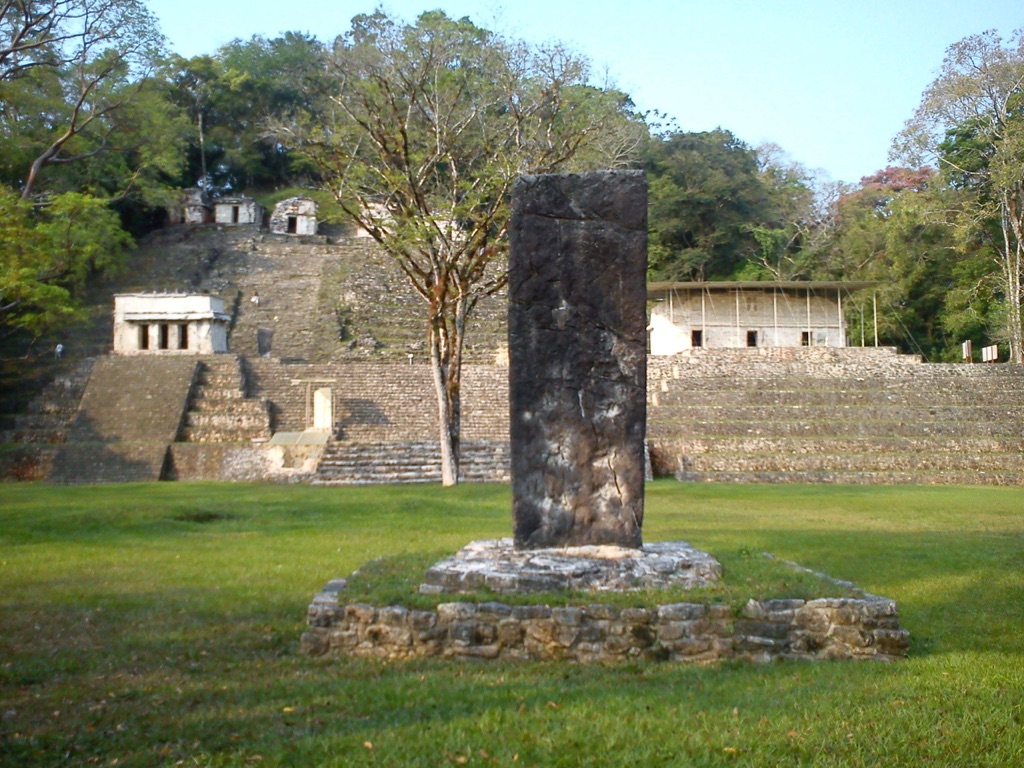
Historical Background
Bonampak, which translates to ‘painted walls’ in the modern Mayan language, was a significant city in the Late Classic period of the Mayan civilization, around 580 to 800 AD. The city was under the political control of the larger neighboring city-state of Yaxchilan. The murals of Bonampak, discovered in 1946, have provided historians with invaluable insights into the Mayan civilization’s societal structure, rituals, and warfare.
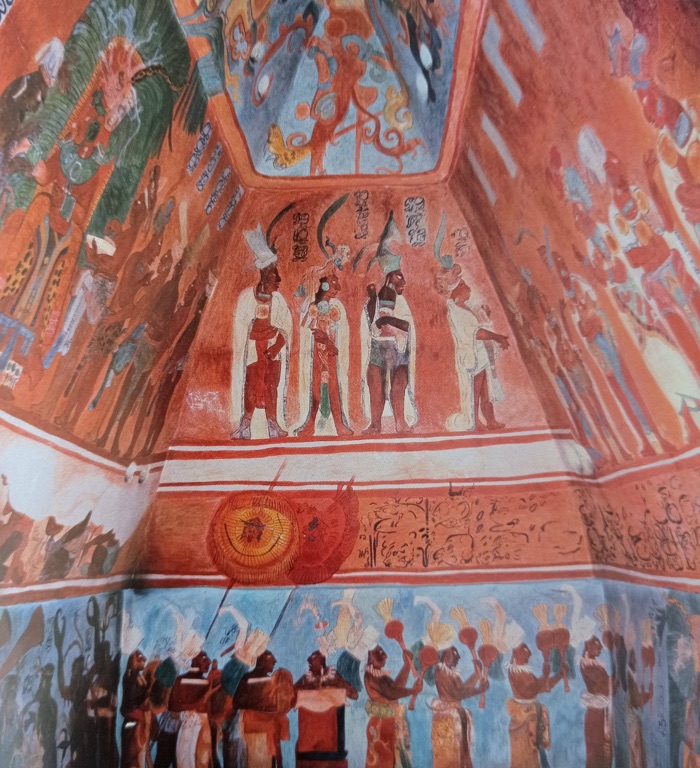
Architectural HighlightsThe main attraction of Bonampak is the ‘Structure 1’ or the ‘Temple of the Murals.’ This modestly sized structure, measuring about 16 by 4 meters, houses three rooms adorned with murals. The murals, painted on a thin layer of stucco, cover the walls and the vaulted ceilings of the rooms. The pigments used in the murals were derived from local minerals, including hematite for red, limonite for yellow, and azurite for blue. The murals depict a series of events, including a battle, a victory celebration, and a ritual ceremony, providing a narrative of the life and times of the Mayan nobility.
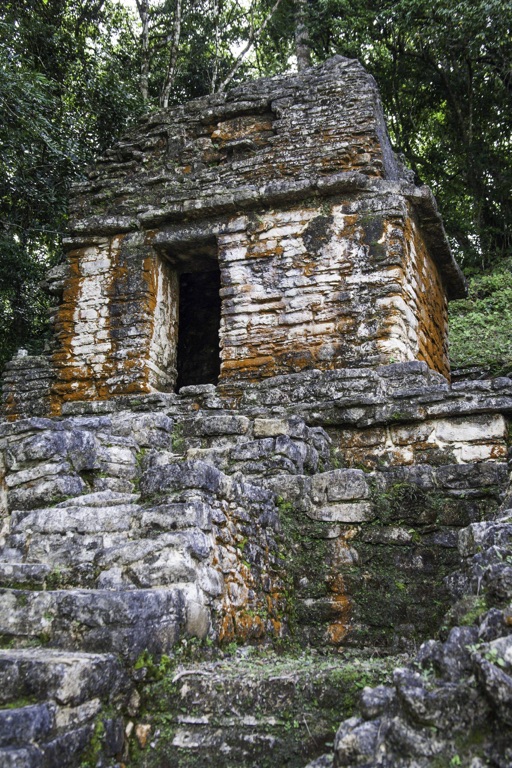
Theories and Interpretations
The murals of Bonampak have been the subject of extensive study and interpretation. They are believed to depict actual historical events during the reign of Chaan Muan II, the city’s ruler. The murals’ vivid depiction of warfare, including scenes of captives and human sacrifice, challenges the earlier belief that the Mayan civilization was a peaceful society. The murals also provide insights into the Mayan’s complex ritualistic practices and their belief in the afterlife. The dating of the murals, based on the Mayan Long Count calendar inscriptions, places them around 790 AD.
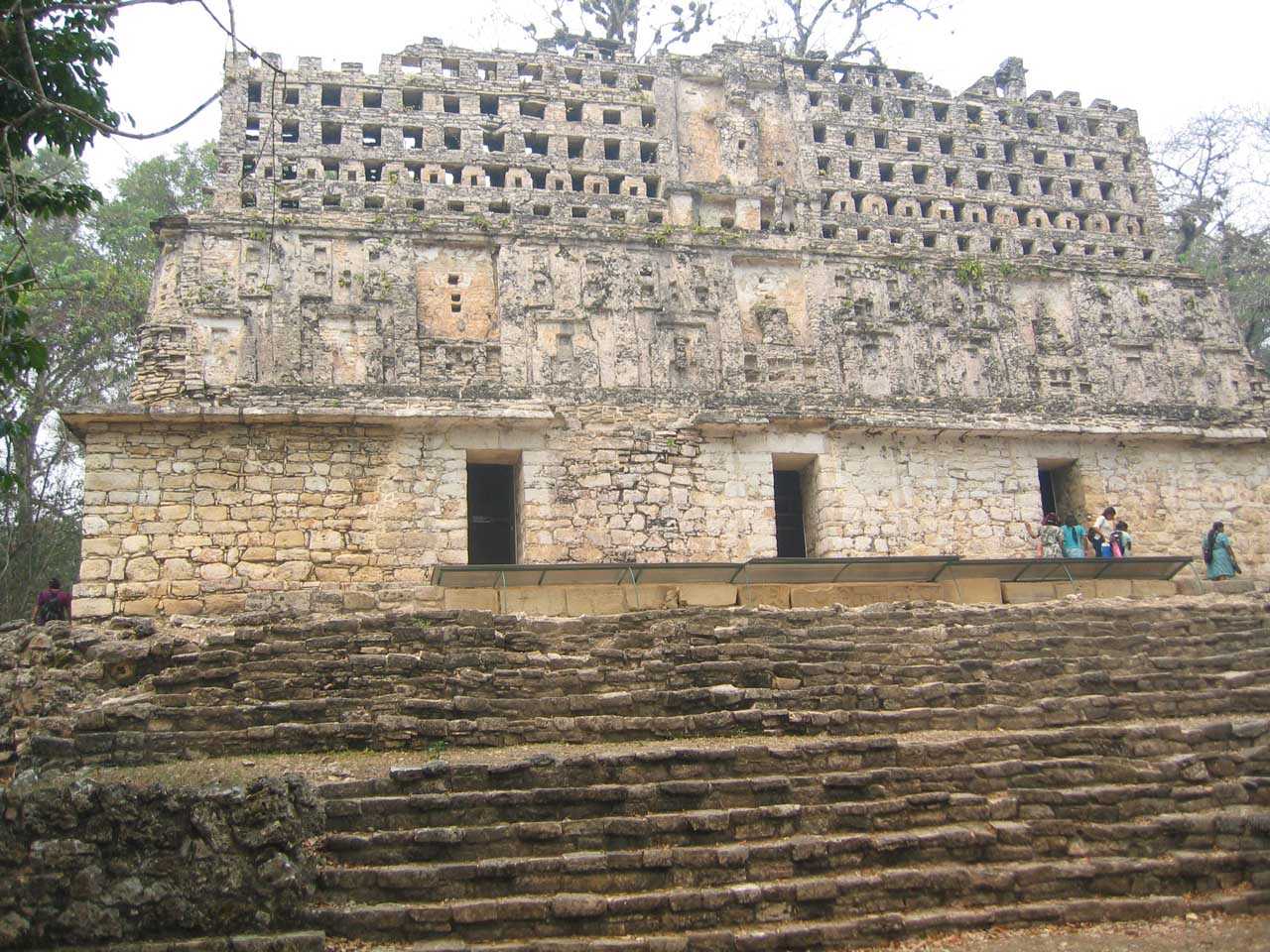
Good to know/Additional Information
The Bonampak murals are unique in their level of detail and preservation. The use of a thin layer of stucco as a painting surface, a technique known as fresco secco, has contributed to the murals’ longevity. The site’s remote location in the Lacandon Jungle has also helped protect the murals from the elements. Today, the site is managed by the National Institute of Anthropology and History of Mexico, and the murals can only be viewed by the public through a glass partition to ensure their preservation for future generations.
